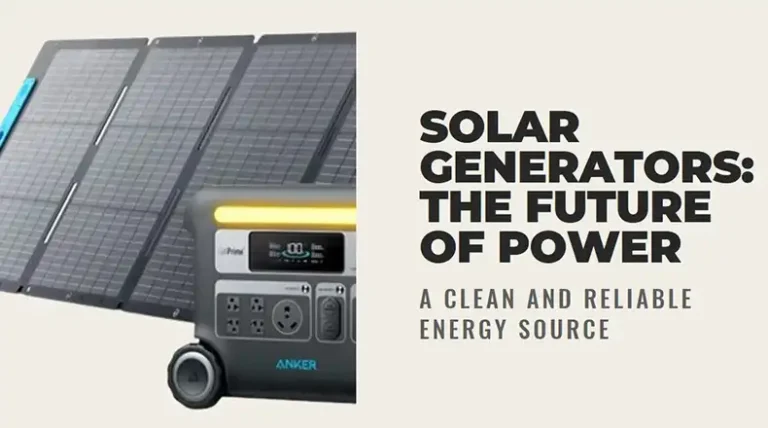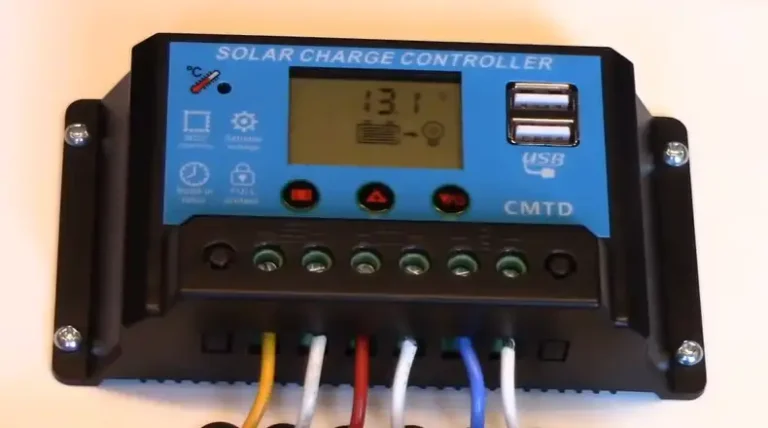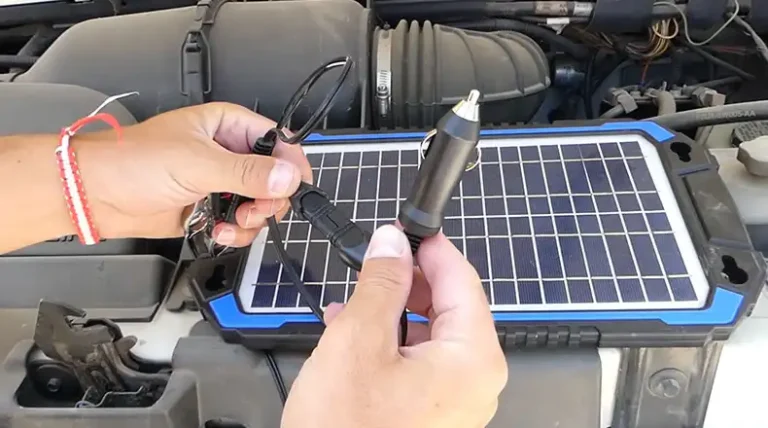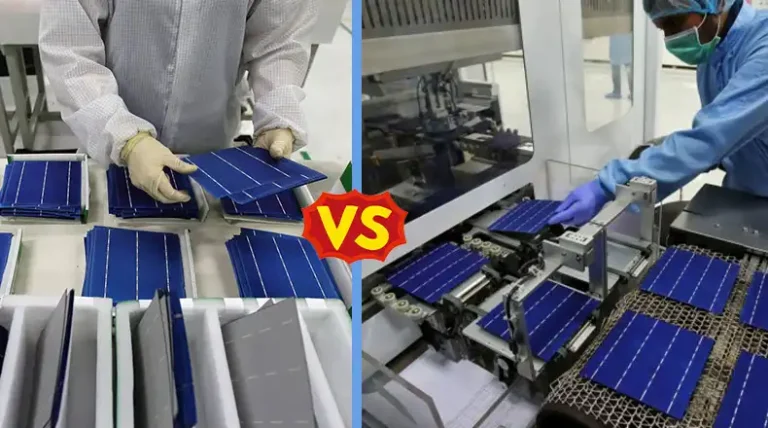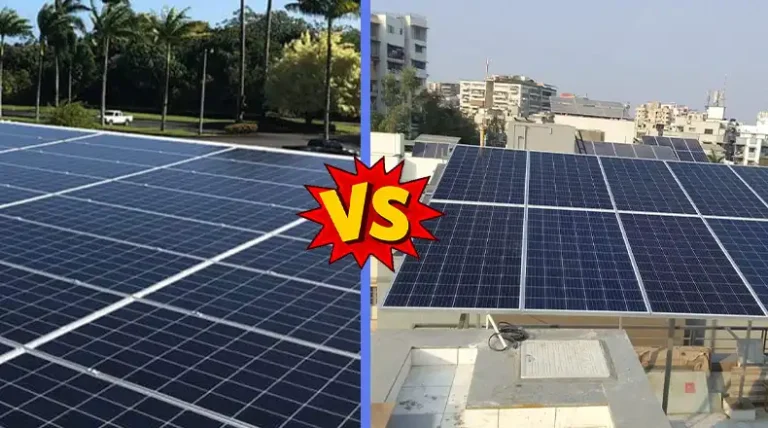How Do Community Solar Farms Work?
Community solar, also known as shared solar or solar gardens, refers to a solar power installation that provides electricity to multiple community subscribers. Instead of installing solar panels on your own roof, you subscribe to a portion of a shared solar array sited elsewhere in your community.
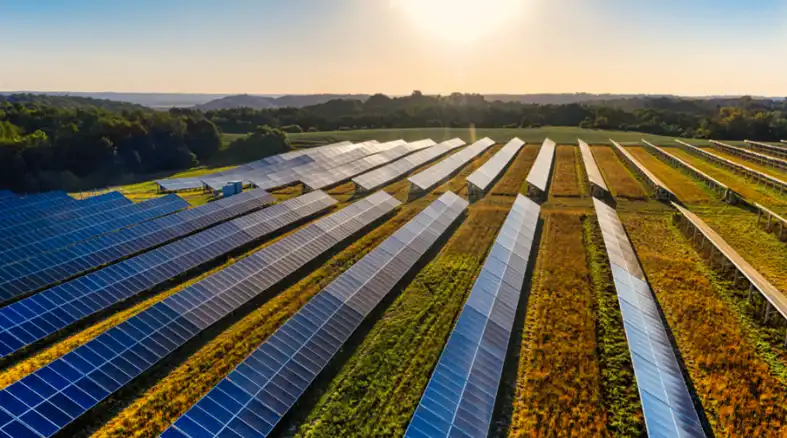
The offsite solar farm feeds electricity into the local grid, helping to offset your electricity usage. As a subscriber, you receive regular bill credits that reduce what you owe your utility company each month. This allows you to access the benefits of solar energy without having to mount panels on your property.
How Does Community Solar Work?
A community solar farm functions like a small-scale utility. It typically has a capacity of 1 to 3 megawatts, taking up around 5 to 15 acres of land. The solar arrays are mounted on the ground or on rooftops with optimal sunlight exposure.

The farm is interconnected to the electric distribution grid. This allows the clean solar electricity generated to flow into the wires, poles, and transformers of the existing local grid.
Utilities approve and connect eligible solar farms to their grids through an interconnection agreement. This contract specifies the technical terms for integrating the solar energy into the grid.
Community members subscribe to the solar farm by either purchasing or leasing a portion of the solar panels. This entitles them to a proportional share of the electricity generated.
For each kilowatt-hour (kWh) of solar power produced by their share of the panels, subscribers receive a kilowatt-hour credit on their electricity bills. This credit lowers their bill, providing direct monthly savings.
The community solar farm is owned and operated by a utility company, solar developer, municipality, or community cooperative. The project developer handles all the construction, permitting, financing, and maintenance. Subscribers benefit without responsibility for upkeep.
How Can You Benefit From Community Solar
Access to Solar Energy
Community solar opens up solar power for renters, condo owners, apartments, homes with shaded roofs, and all who can’t install their own rooftop panels. Over half of households and businesses are currently unable to host solar. Shared solar gives them access too.
Lower Costs

By pooling investment in one large array, community solar provides economies of scale. This makes going solar more affordable compared to residential systems. The upfront costs are typically lower than rooftop solar.
Support Local Renewable Energy
Every kilowatt-hour of solar electricity generated by your portion of the community solar farm displaces fossil fuel-generated power on the local grid. Subscribers take pride in supporting local clean energy.
Stable Pricing
Most community solar subscriptions lock in rates for 20 years or more. This provides price certainty and stability, avoiding utility rate hikes.
Tax Credits and Incentives
The federal investment tax credit (ITC) offers 26% off community solar installations. Some states also provide additional incentives. This further reduces costs for participants.
Clean Energy Alternative
Community solar allows customers an option to go green, reduce fossil fuel dependence, lower carbon footprints, and help the environment without installing their own panels.
Meeting Renewable Goals
Shared solar contributes meaningfully to states’ renewable portfolio standard (RPS) goals of sourcing more electricity from wind and solar. Community solar is estimated to represent up to half of the distributed solar market by 2025.
What Do You Need to Consider Before Subscribing to Community Solar?
Upfront Purchase or Ongoing Subscription Fees
You’ll either purchase solar panels upfront or pay a monthly subscription fee to lease a portion of the community solar farm. While costs are less than rooftop solar, it still represents an investment.
Understand the Contract Terms
Make sure to read the fine print of any community solar agreement. Understand the length of contract, how pricing works, whether fees can escalate, and what happens after the initial term. Also clarify what happens if you move.
Confirm Billing and Credits
Check that your utility provides full retail rate credit for any excess solar production sent back to the grid. Understand exactly how the credits will appear on your electricity bills each month.
Research the Provider
Vet any potential community solar provider thoroughly. An established company with a track record of successful solar farms is ideal. Be wary of offers that seem too good to be true.
Community Solar Vs. Rooftop Solar

Ownership Difference
With rooftop solar you own the panels on your property. With community solar you simply subscribe to a portion of panels hosted elsewhere.
Siting Difference
You must have proper roof space, solar exposure, and structural integrity to install rooftop solar. Community solar facilities handle siting and solar optimization for you.
Equipment and Maintenance Differences
For rooftop solar you must purchase equipment like inverters and pay for any maintenance or repairs. With community solar the developer handles all of that.
Customization Difference
Rooftop solar allows customized system design and incremental capacity expansion. Community solar offers more standardized subscription units and capacities.
Grid Interaction Differences
Rooftop systems can provide backup power during grid outages by pairing solar with batteries. Community solar only produces power when the grid is running.
Cost Differences Over Time
Although community solar has lower upfront costs, the lifetime costs can be higher than rooftop solar that you own over 20+ years.
Property Value Differences
Adding rooftop solar increases your home value. Community solar subscriptions have no impact on property values.
Ideal Applications
For maximum savings, rooftop solar works best for homeowners with high energy usage, usable roof space, and plans to stay put. Community solar suits renters, condo owners, those with shaded roofs, and people looking for a turnkey option.
Where Community Solar Is Available
Over 40 states currently have some form of community solar policy, regulations, or legislation in place. The leading states for community solar thus far include:
- Minnesota – Has had a thriving community solar garden policy since 2013. Over 600 solar gardens serve over 25,000 subscribers.
- Massachusetts – Over 270 megawatts of shared solar supported by their SMART program with compensation rates locked in for 10-20 years.
- New York – The NY-Sun community solar initiative with incentives has sparked over 100 community solar projects.
- Colorado – They were one of the first states to pioneer community solar gardens policy back in 2010.
- Maryland – Has over 150 megawatts of community solar supported by their Community Solar Pilot Program.
Other states with growing community solar markets include Illinois, California, Oregon, New Jersey, and Hawaii. Some utility companies also offer shared solar programs even if the state lacks robust policy.
Check with your utility provider and state energy office about any local community solar options. You can also search for providers online on sites like EnergySage that let you compare available community solar subscriptions in your area.
Community Solar vs Green Power Plan
Community solar should not be confused with purchasing a green power plan from your utility. With green power plans, you pay a premium on your electricity bill to have your utility provider match your usage with renewable energy purchases. The renewable energy may not even be produced locally.
With community solar, you subscribe to an actual solar installation in your community. The clean energy produced feeds into the local grid, helping to power nearby homes. You directly receive energy bill credits each month for the energy produced specifically from your portion of the shared solar farm. This provides more direct energy and cost savings benefits than general utility green power purchases.
Is Community Solar Worth It?
Community solar provides the best value for customers who are unable to install rooftop solar panels. For renters, apartment dwellers, and urban residents, it may be the only viable option to utilize solar power and lower their electricity bills.
The contracts ensure stable pricing, avoiding rising utility rates. Even if community solar costs a few cents per kWh more than grid power over the long term, many see benefitting from clean energy as worthwhile.
For homeowners with ample solar roof space, rooftop panels often make better financial sense long-term. However, for shaded or smaller roofs, joining a community solar farm located in an optimal solar spot can be worthwhile.
Subscribing is an especially attractive option for climate-conscious consumers who want their energy usage to support renewable growth. Community solar also appeals to people who prefer a low-maintenance, turnkey alternative to owning their own solar system.
Frequently Asked Questions
How much can I save with community solar?
Savings vary based on your electricity rate, how much energy you use, the community solar subscription rate, and applicable incentives. Typical subscribers save 10-15% off their utility bills.
What happens at the end of my contract term?
You can choose to renew your subscription, upgrade to purchase a larger share, or end your participation. If you move, most providers allow transferring subscriptions to the new property owner.
Is there a waitlist to subscribe to community solar farms?
Often yes, due to their popularity. Providers allocate available subscriptions on a first-come, first-served basis. Signing up early ensures the best selection.
Can I subscribe to community solar if I already have rooftop solar?
Yes, shared solar subscriptions can supplement your rooftop panels to offset any remaining electricity usage from the grid.
What maintenance is required for community solar?
None – the developer handles all maintenance, repairs, insurance, etc. Subscribers benefit without responsibilities.
How to Find the Right Community Solar Program for You
- Research providers thoroughly and compare customer reviews. Reputable operators are key.
- Understand the terms of service, contract duration, billing structure, early exit options, and subscriber protections.
- Ask for references and testimonials from current subscribers.
- Inquire about customer support options – phone, email, online account access.
- Drive by the solar farm if possible to visually inspect the equipment and operations.
- Confirm your state regulators have approved the provider and project.
- Check for complaints registered with the Better Business Bureau, state Attorney General’s office, and consumer protection groups.
How to Sign Up for Community Solar
The process for subscribing to a community solar farm generally involves 5 key steps:
- Research projects in your area – Use online search tools to find community solar providers and farms near you. Compare subscription options and pricing.
- Assess your home’s energy needs – Review at least one full year of past electric bills to estimate your current energy usage and expenses. This helps determine the appropriate subscription size.
- Decide on a subscription model – Choose whether you want to purchase panels upfront or pay monthly for a capacity lease. Factor in any tax credits and incentives.
- Sign a contract – When you’ve selected a provider and subscription model that suits your needs, sign the community solar contract.
- Interconnection agreement – Finally, the utility must approve interconnecting the solar farm to the grid before your subscription can commence. This process is handled by the developer.
With the right community solar provider, shared solar subscriptions can be an excellent choice for households and businesses seeking access to the benefits of renewable energy at a reasonable cost.

